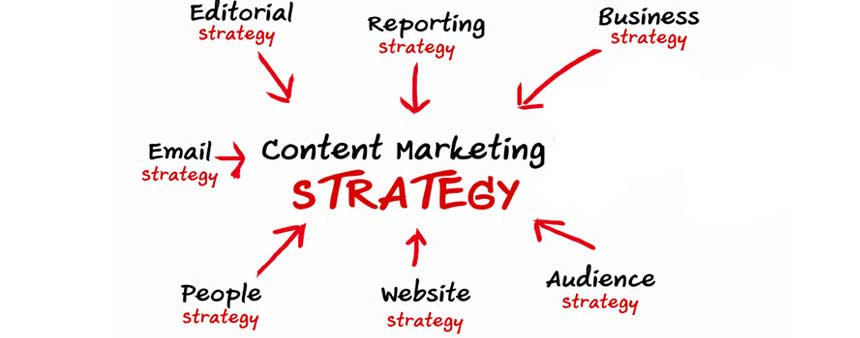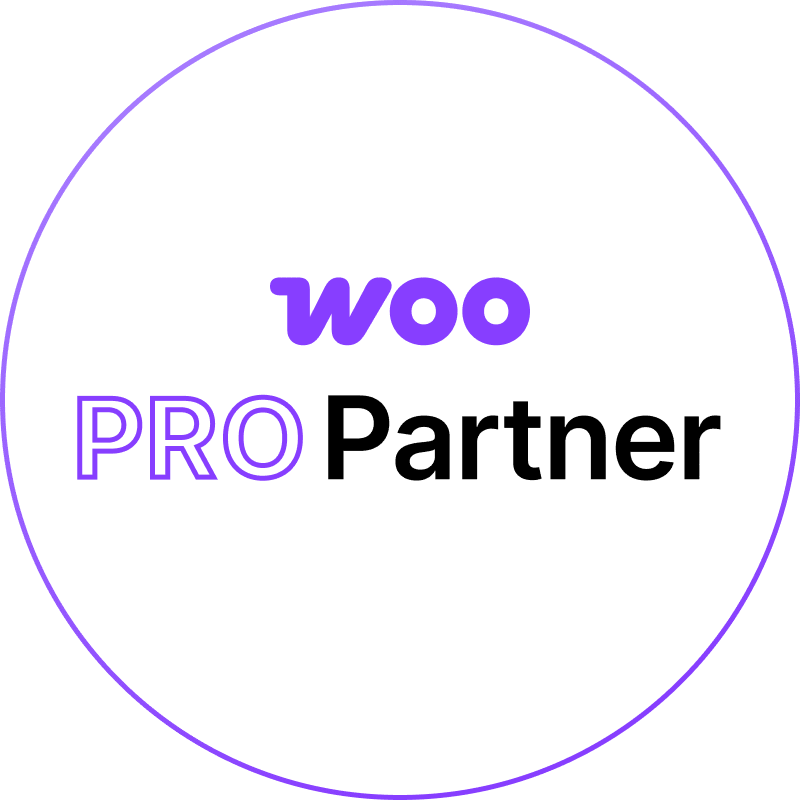3 Ways to Get More Out of Your Content Marketing

Marketers are starting to understand the importance of great content. According the Content Marketing Institute’s Annual B2B Content Marketing Trends Report, 56% of marketers have increased their budget towards content marketing in the last year. Content marketing is far from a fad—it’s here to stay. Social media, blogs, press releases, podcasts, articles, podcasts, webinars, newsletters, videos—it has never been easier to produce great content that delivers stellar results.
And perhaps all of these options are overwhelming. Though marketers are making significant progress in their goals, many are still ambivalent about the overall effectiveness of the strategy; they have issues measuring return on investment (ROI), along with both long and short-term viability. Joe Pulizzi, the self-proclaimed “poster boy” for content marketing (and also the founder of the Content Marketing Institute), diagnoses this problem as having the “jack of all trades, master of none” syndrome. Due to the fact that there are many different avenues to take when doing content marketing, it’s easy to get overwhelmed by the possibilities. This will segue into our first point…
Start Small, Then Get Big
With so many forms of content, and so many platforms to deliver it, you need to simplify your strategy, at least in the beginning. An empire isn’t built in a day; you don’t immediately need to launch a content marketing scheme that uses 15 different tactics to produce and deliver content.
When you’re starting out, you want to focus on 1-3 tactics at a time. For example, you could focus on launching your blog and newsletter to start, then once that’s built and running efficiently, start producing podcasts, then videos, etc. You don’t want to put your hands into too many baskets, as it will divide and weaken your attention and your focus.
Besides all of that, starting small is just financially intelligent. If you’ve allocated a budget, you don’t want to blow it all on a needlessly ambitious content marketing plan. Even if you have a large budget for content production, you want to first test the waters to see if your strategy is effective. Once you’ve tested and measured your results on a small scale, you can expand and accelerate your plans.
When thinking of your content marketing game plan, draw it up in stages. Example: In Stage 1, I’ll get on as many social media platforms as possible. Then I’ll create blog posts/articles that can be shared on those platforms. In Stage 2, I’ll shift the efforts from text-heavy content to something that is easier to consume, like videos, podcasts, etc. You get the idea.
Quantity is Great, but Quality is Better
Once you’ve tested the waters a little bit, and have rolled out a few tactics in your content marketing campaign, it’s time to really dig deep. You can produce and deliver content in 15 different ways—fine. But find out what you really excel at. Is it epic blog posts? Entertaining videos that hypnotize an audience? Engaging social media that sparks in-depth conversations between you and your customer? Make it your mission to be known for one thing. Once you find your content specialty, ramp it up tenfold. Brand your web presence around this specialty. If you write epic blog posts, for example, spread this fact as wide as possible. This is how you become the go-to resource or authority in your market.
When you focus on quality, you don’t have to worry about longevity. The gas mileage on epic content is superb—you’ll continuously get new customers, fans, prospects by having great content.
Know Your Endgame
Don’t be a marketer that goes “all in” on a strategy without having a goal or endgame. Look at this statistic from the Content Marketing Institute: “93% of the most effective B2B content marketers cite lead generation as a goal, compared with 64% of their least effective peers.”
Lead generation is the best metric to determine the effectiveness of your content marketing. It isn’t brand growth, or social media sharing (although both are very important, just not the best metrics), it’s the amount of new leads you get and the quality of those leads. Lead generation is the ultimate endgame, so you need to measure absolutely everything within your content marketing campaign. Measure how much web traffic a piece of content generates; measure the social media results; take note of any spike in the number of blog comments you receive.
Without knowing your numbers, your campaign will suffer as you cannot know whether the tactics you’re using are effective or useless. Without numbers, you can’t expand your budget, and you can’t roll out new strategies. You will be no closer to the endgame (the generation of new leads) than when you started. You’ll be a hamster running on a wheel.
When you capture new customers, subscriptions, and signups, you’ll know if your campaign is worth keeping or discarding. Remember: Test the waters, focus on excelling at one tactic, then measure every result so that you can snag new leads. Make the most of your content marketing efforts this year.
















